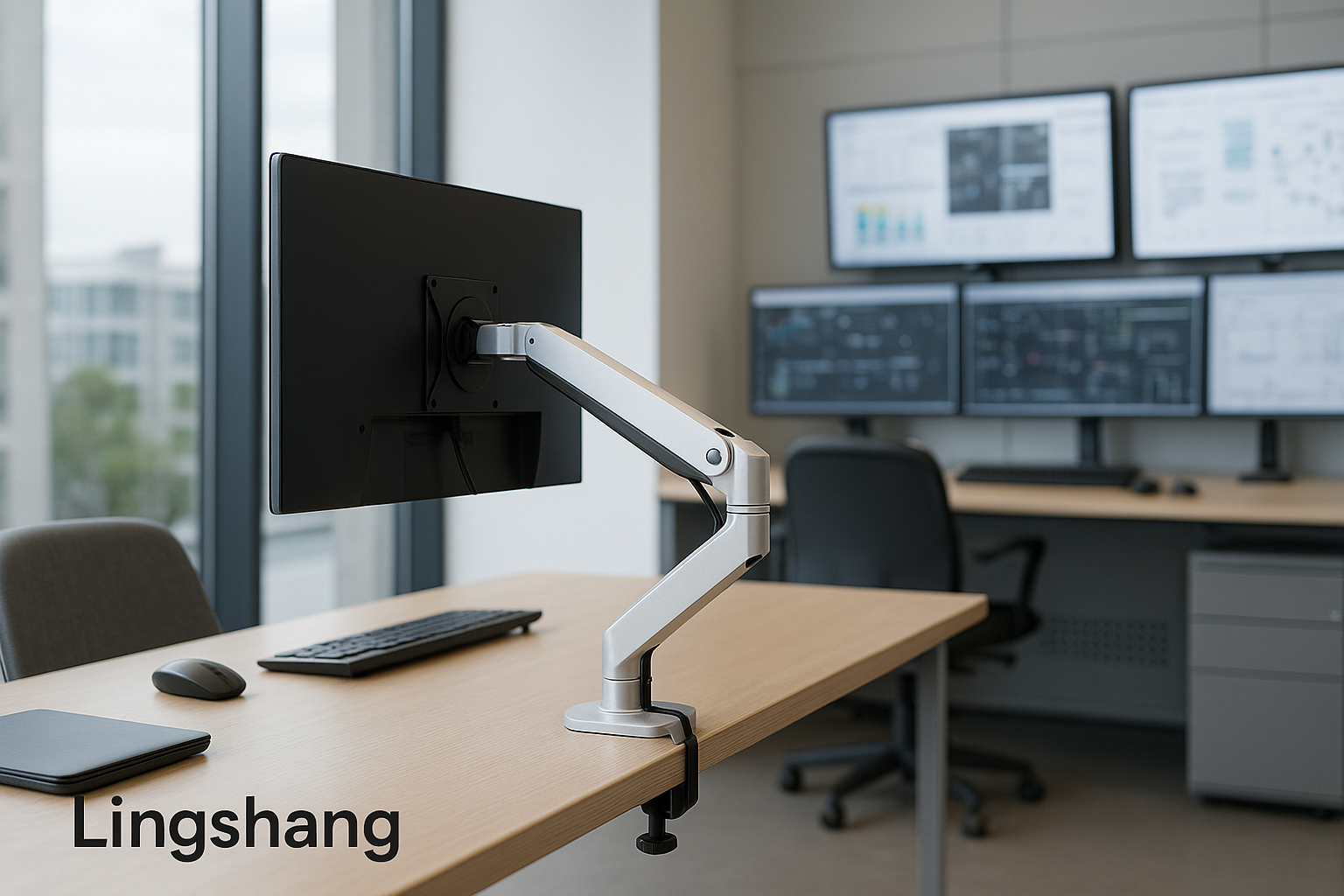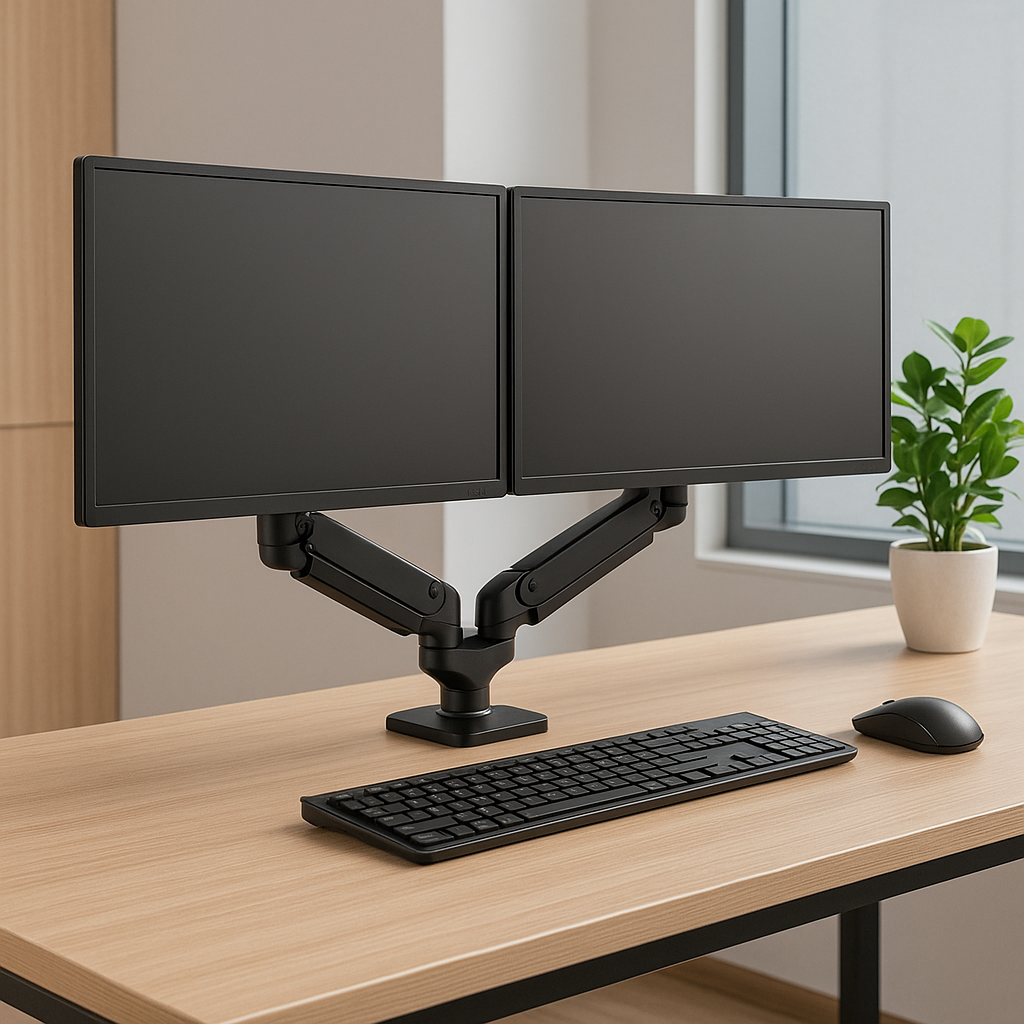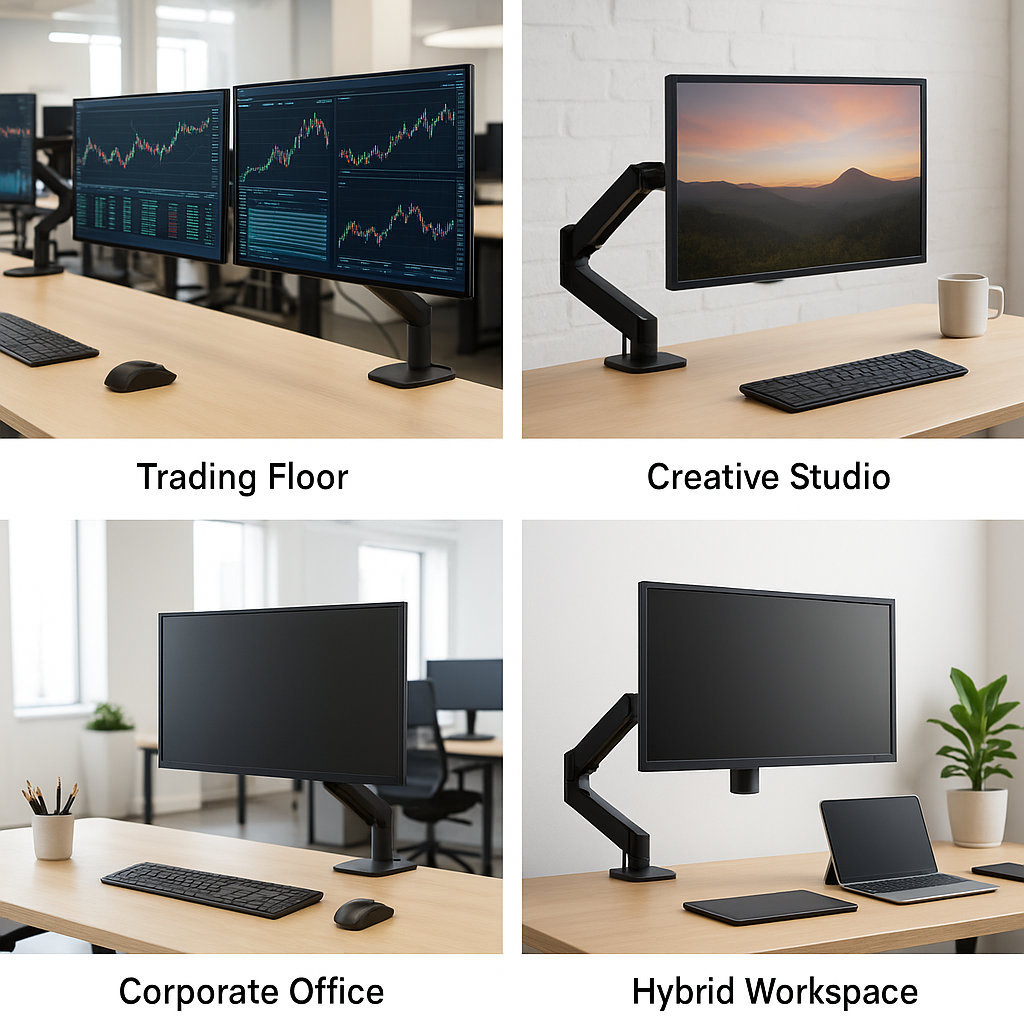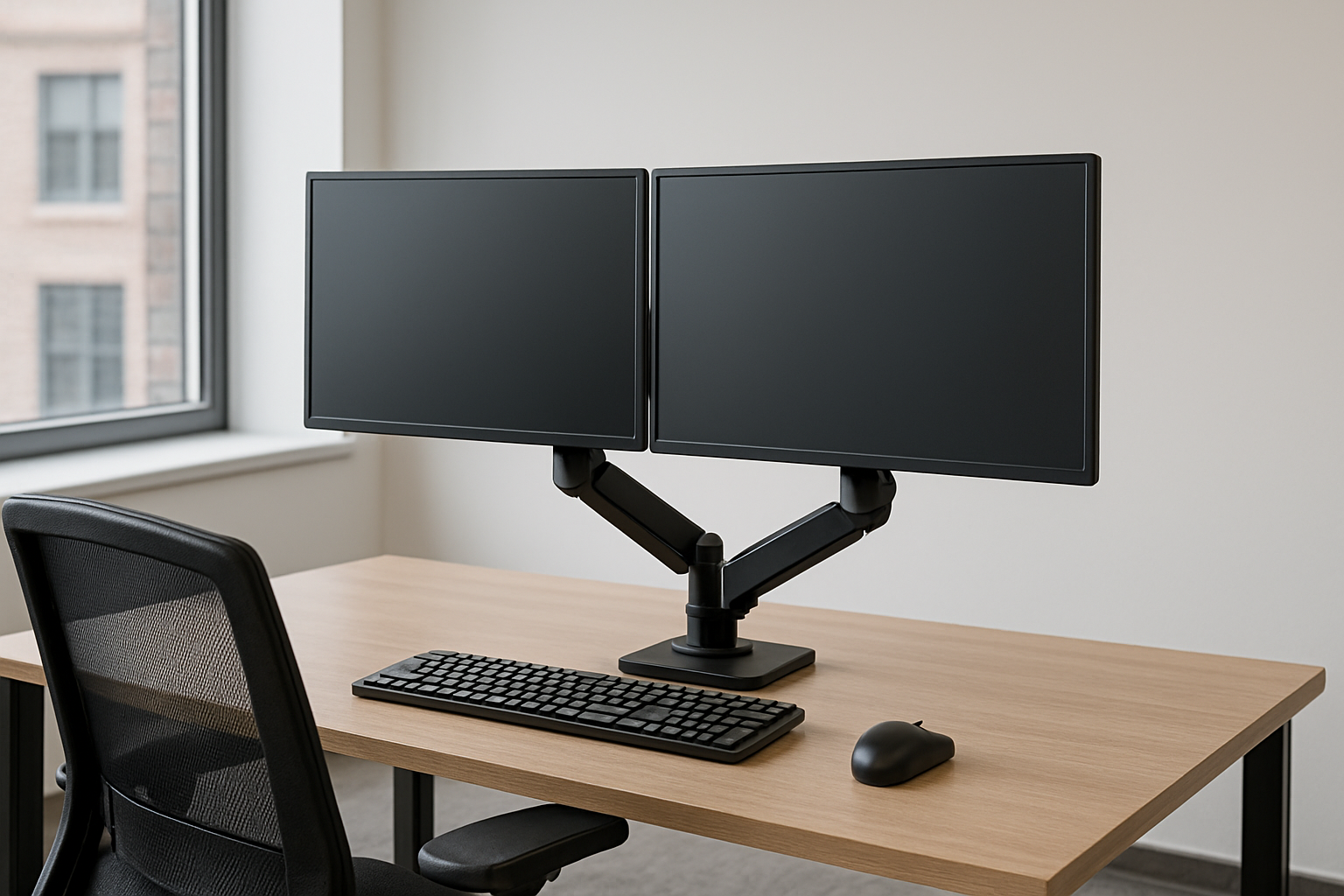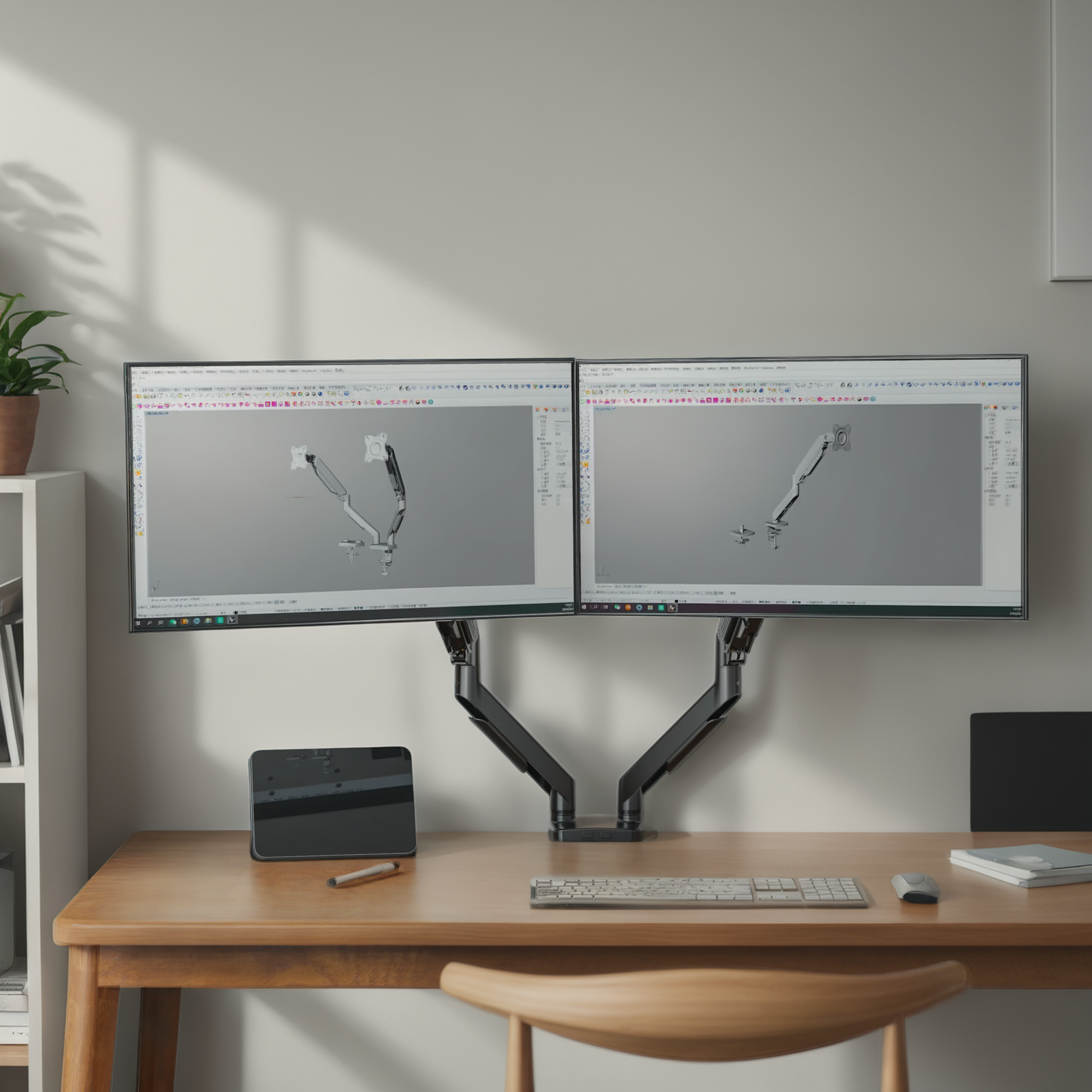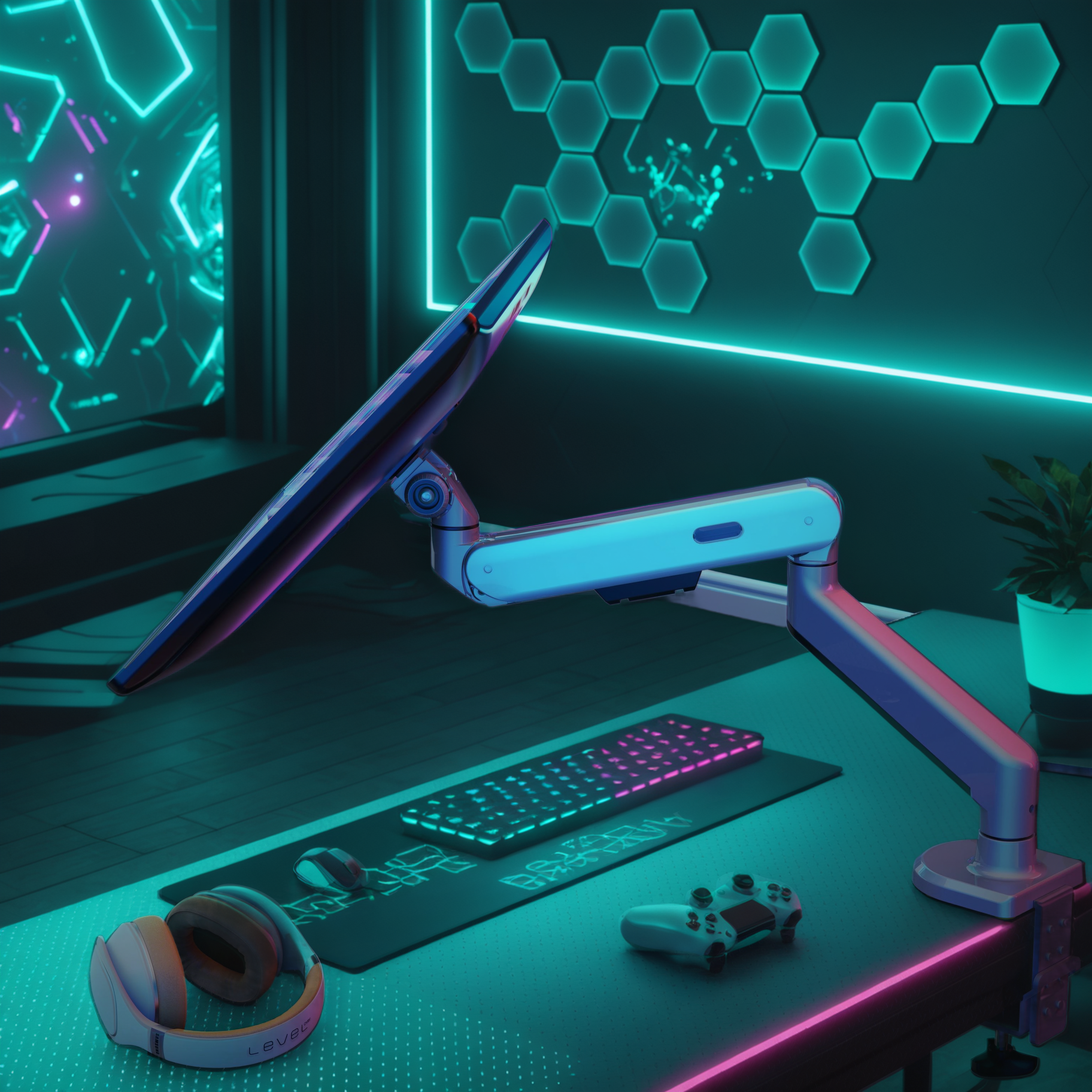
How to Choose the Right Monitor Arm for Your Desk Setup
With more people working from home or building personalized offices, a monitor arm isn’t just an accessory—it’s an ergonomic essential. But choosing the right one can be tricky.
Not all monitor arms are made equal, and the wrong choice could mean a sagging screen, limited flexibility, or poor posture that leads to neck strain.
Let’s break down how to pick the right monitor arm—step by step—based on your needs, desk type, and screen specs.
1. Know Your Monitor’s Weight and Size
Why it matters: A mismatch between your monitor and arm capacity can lead to sagging or mechanical failure.
-
Check your screen size (inches)andweight (usually in kg or lbs).
-
Make sure the monitor arm you choose—like those from lingshang—israted to support your specific range.
-
Forultrawide or curved screens, look for reinforced arms with higher load capacity.
Tip: Most modern 24”–32” flat screens weigh between 5–8kg. Don’t guess—check your monitor specs.
2. Identify Your Mounting Type: Clamp, Grommet, or Wall
Not all desks are created equal. Your mounting style should match your furniture and space:
-
Clamp Mount: Ideal for desks with exposed edges; easy to install, minimal damage.
-
Grommet Mount: Best for desks with built-in cable holes; offers centered positioning.
-
Wall Mount: Great for minimalist or standing setups; requires drilling and stable walls.
Lingshang offers both clamp-on and grommet-friendly designs, perfect for shared or personal desks.
3. Choose Your Arm Style: Fixed, Articulating, or Gas Spring
Each type has its strengths:
-
Fixed Arms: Affordable and simple; limited movement—best for single, static use.
-
Articulating Arms: Multiple joints; ideal fordesigners or developersneeding multi-angle adjustments.
-
Gas Spring Arms: Smooth, height-adjustable, ideal for switching between sitting and standing postures.
If you frequently adjust your screen or use sit-stand desks, agas spring monitor mountfrom lingshang may be your best bet.
4. Consider How Many Screens You Use
-
Single monitor users: Go for basic height-and-tilt adjustable arms.
-
Dual-screen users(designers, traders): Opt fordual monitor mountswith independent adjustment.
-
Future-proofing: Modular mounts allow later upgrades from single to dual arms.
Lingshang also supports stacked or side-by-side mounting for creative workspaces and data analysis setups.
5. Think About Your Workflow and Comfort
Your monitor setup should match the way you work:
-
Programmersmay prefer a vertical orientation on one screen.
-
Designersmight want easy screen sharing during collaboration.
-
Traders and analystsbenefit from wide-range movement and multi-screen alignment.
Set the top of your screen at or just below eye level, and keep your monitor about an arm’s length away.
Ready to Build a Better Workspace?
Choosing the right monitor mount doesn’t need to be complicated. Focus on your screen size, desk type, movement needs, and future use.
A well-matched setup not only boosts posture—it supportsproductivity, comfort, and healththroughout your workday.
Explore ergonomic monitor mounting tools tailored to modern workspaces on thelingshang homepage.
Need help selecting the right fit? Reach out anytime via ourcontact page—we’re happy to guide you.

